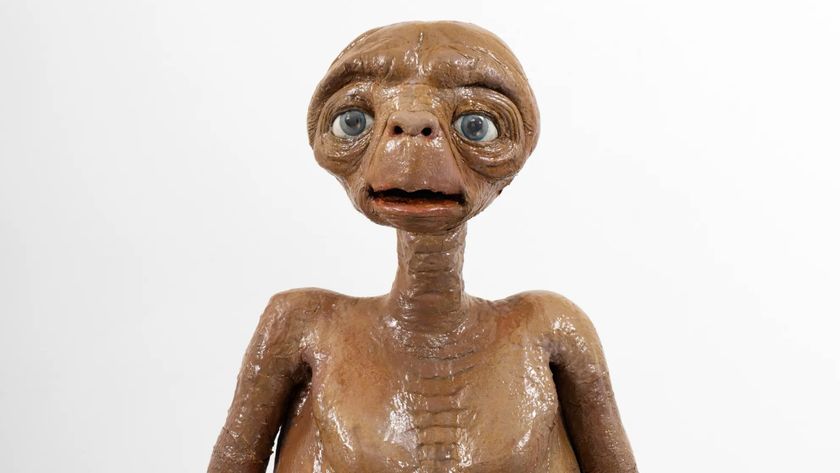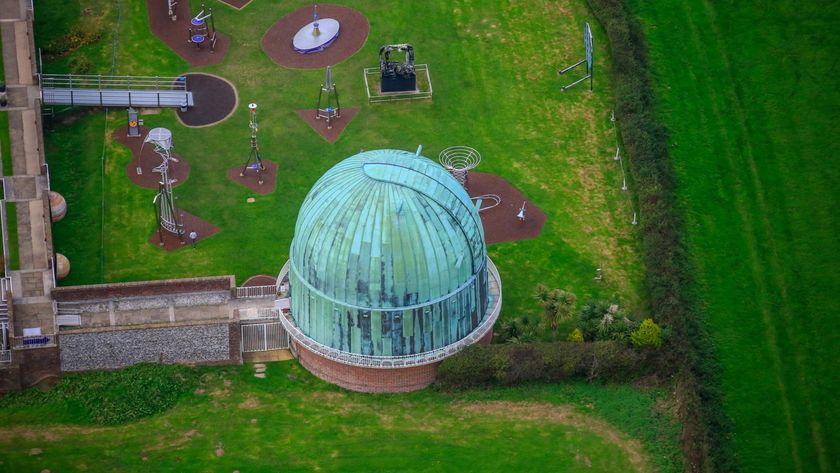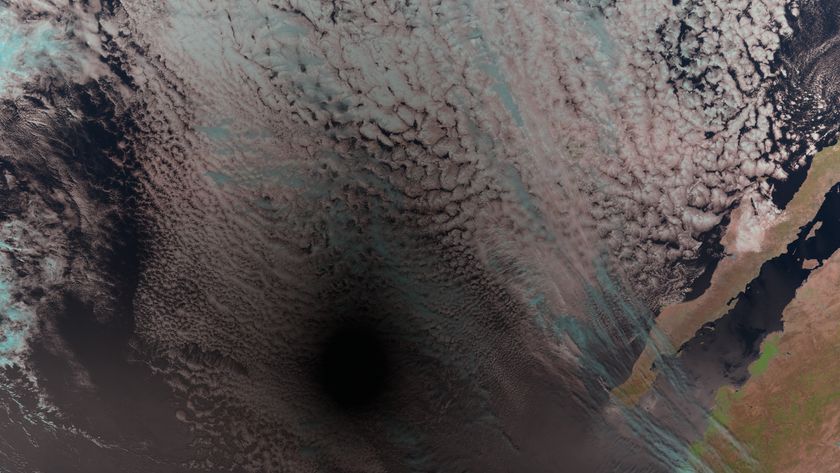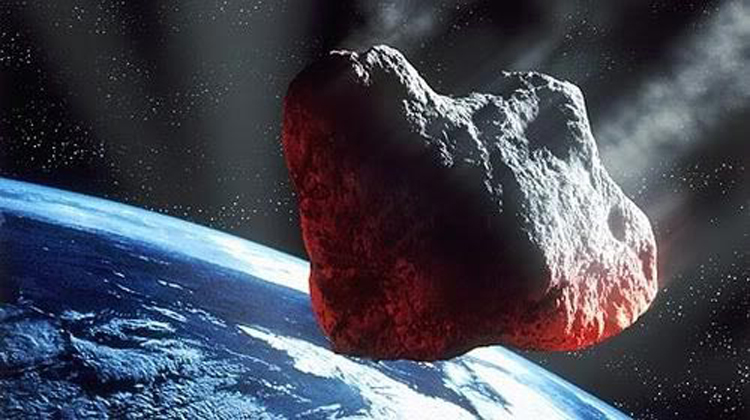
If you lie awake at night worrying about some supervillain steering giant asteroids toward your hometown, you really should relax, experts say. It's not going to happen anytime soon.
Humanity does indeed have the technical skills to move space rocks around, and we may employ this know-how at some point to avoid a catastrophic impact like the one that killed the dinosaurs 65 million years ago. But the odds of any rogue state using asteroids to rain death down on its enemies are minuscule, experts say.
"It's a lousy weapon," said former astronaut Rusty Schweickart, chairman of the B612 Foundation, a group dedicated to predicting and preventing cataclysmic asteroid impacts on Earth.
"You get a chance to use one once every several hundred years," Schweickart said during a recent panel discussion called "Moving an Asteroid" at the California Institute of Technology in Pasadena. "And even then, you can only deflect it to hit someplace along a sort of arbitrary line across the Earth." [Top 10 Space Weapons]
Serious spaceflight skills
Changing the orbit of a massive asteroid hurtling through deep space sounds like a daunting task, but our species knows how to do it.
For example, we could launch a spacecraft that would rendezvous with an asteroid, then travel alongside it for months or years. Over time, the probe's modest gravity would tug on the space rock, pulling it into a different orbit, Schweickart said.
Get the Space.com Newsletter
Breaking space news, the latest updates on rocket launches, skywatching events and more!
Given enough time to act, this so-called "gravity tractor" method could work in quite precise and predictable ways. And we've demonstrated the skills necessary to make it happen.
Multiple missions have met up with asteroids in deep space. For example, NASA's Dawn spacecraft is currently in orbit around Vesta, the second-largest object in the main asteroid belt between Mars and Jupiter.
And in 2005, Japan's Hayabusa probe rendezvoused with a space rock called Itokawa. The craft even scraped some samples off Itokawa and sent them back to Earth for analysis.
It's a good thing we possess these potential asteroid-moving skills, Schweickart said, for they may save our bacon someday.
Earth has been pummeled by many dangerous asteroids throughout its history, and there's no reason to think the barrage will stop in the future. Space rocks big enough to cause major damage and disruption to the global economy and society (were they to strike a populated area today) have hit Earth, on average, every 200 or 300 years, Schweickart said.
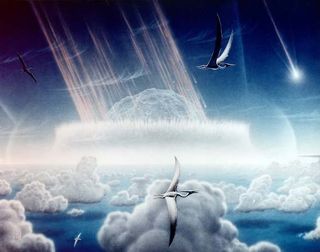
Firing a weapon once every 300 years
That bombardment rate is scarily frequent to anyone worried about the long-term survival of human civilization. But it's not nearly frequent enough to make asteroids good weapons of mass destruction, according to Schweickart. [5 Reasons to Care About Asteroids]
"You're going to have an opportunity once every two or three hundred years to go up and have a weapon to hit Baghdad," Schweickart said. "Of course, the problem is that by that time, the Zambian space program is the world's premier space program, and Baghdad is a buddy of yours."
Potential asteroid wranglers also wouldn't be able to direct a space rock just anywhere on Earth, he added. For the foreseeable future, we'll be able only to speed up or slow down an asteroid, moving it in an "east-west" direction along its trajectory. Moving it in the "north-south" plane is not an option.
"If you do anything other than speed up or slow down the asteroid, it has almost no effect," Schweickart said. "You've got to go along that line; it's the only way physics lets you do it."
So anyone wishing to asteroid-bomb the United States would have to manipulate a space rock whose trajectory already crossed American territory. The trick would be tweaking its velocity enough to ensure an impact on American soil.
In practice, therefore, the wait for a suitable asteroid weapon could be considerably longer than 200 or 300 years.
Protecting Earth
Schweickart and other panelists argued that humanity will need to deflect a killer asteroid away from Earth someday. It would be a shame, they said, if unfounded fears about possible nefarious uses of asteroid-moving technology impeded its development.
"The public perception of asteroids can be pretty scary," Schweickart said. "There's going to be a lot of scare stuff. It's already out there, it's going to get worse and that is going to be a very serious challenge that we on the technical side will have to deal with."
People worried about death from above should focus their anxiety elsewhere, fellow panelist Bill Nye said. There are plenty of much more viable space weapons than asteroids already up there.
"Space is already pretty weaponized," said Nye, executive director of the Planetary Society and former host of the science-themed TV show "Bill Nye the Science Guy." "The global positioning system that we all know and love was designed to guide weapons. So using an asteroid as a weapon is sort of coming late to the party."
You can follow SPACE.com senior writer Mike Wall on Twitter: @michaeldwall. Follow SPACE.com for the latest in space science and exploration news on Twitter @Spacedotcom and on Facebook.
Join our Space Forums to keep talking space on the latest missions, night sky and more! And if you have a news tip, correction or comment, let us know at: community@space.com.

Michael Wall is a Senior Space Writer with Space.com and joined the team in 2010. He primarily covers exoplanets, spaceflight and military space, but has been known to dabble in the space art beat. His book about the search for alien life, "Out There," was published on Nov. 13, 2018. Before becoming a science writer, Michael worked as a herpetologist and wildlife biologist. He has a Ph.D. in evolutionary biology from the University of Sydney, Australia, a bachelor's degree from the University of Arizona, and a graduate certificate in science writing from the University of California, Santa Cruz. To find out what his latest project is, you can follow Michael on Twitter.


